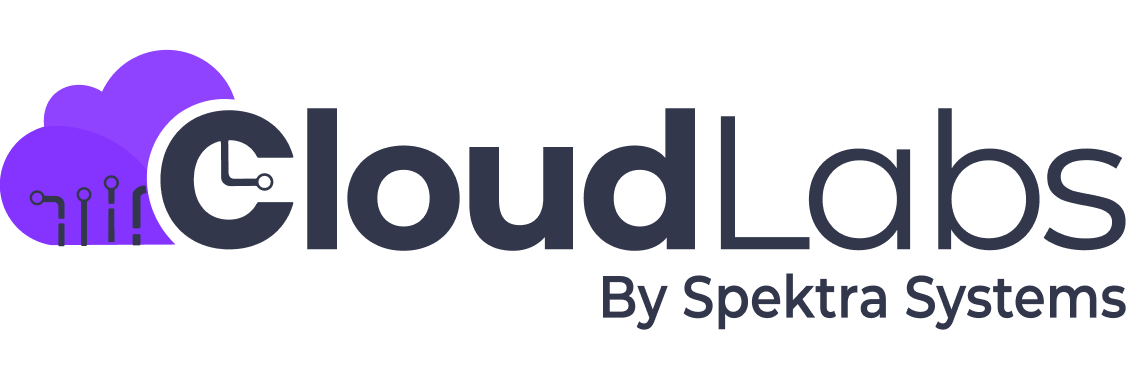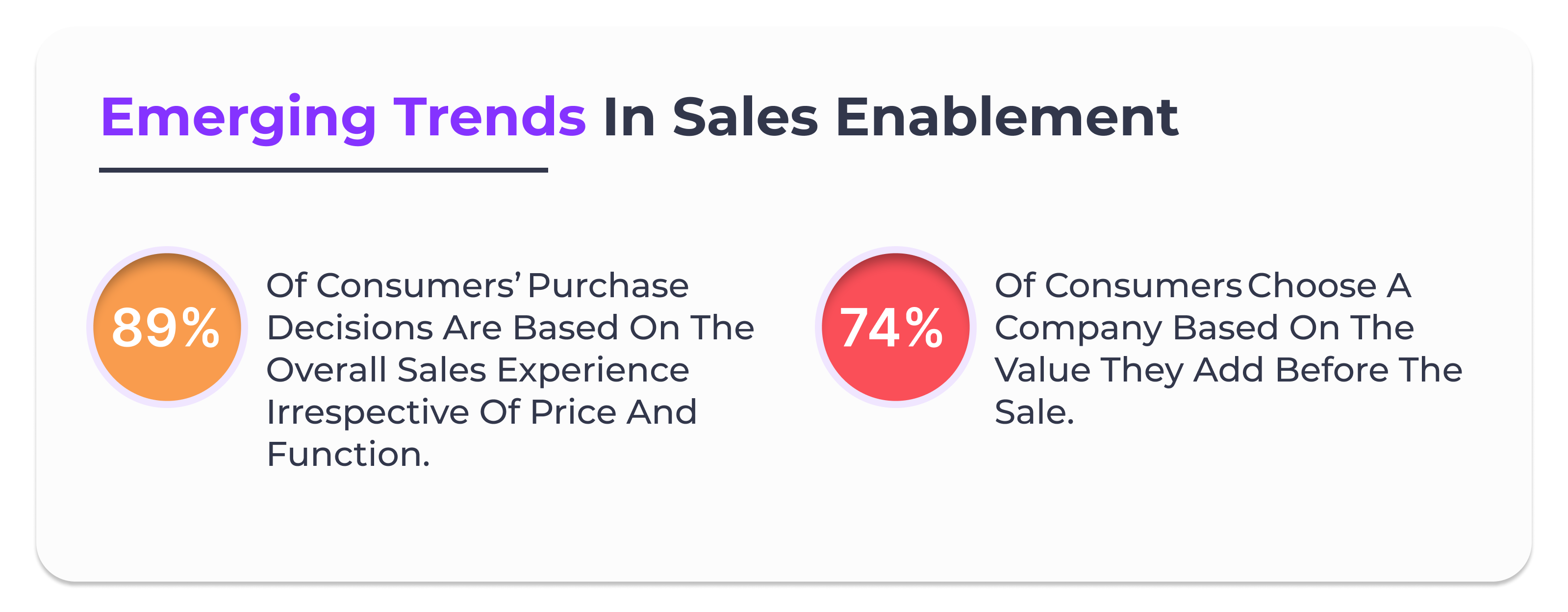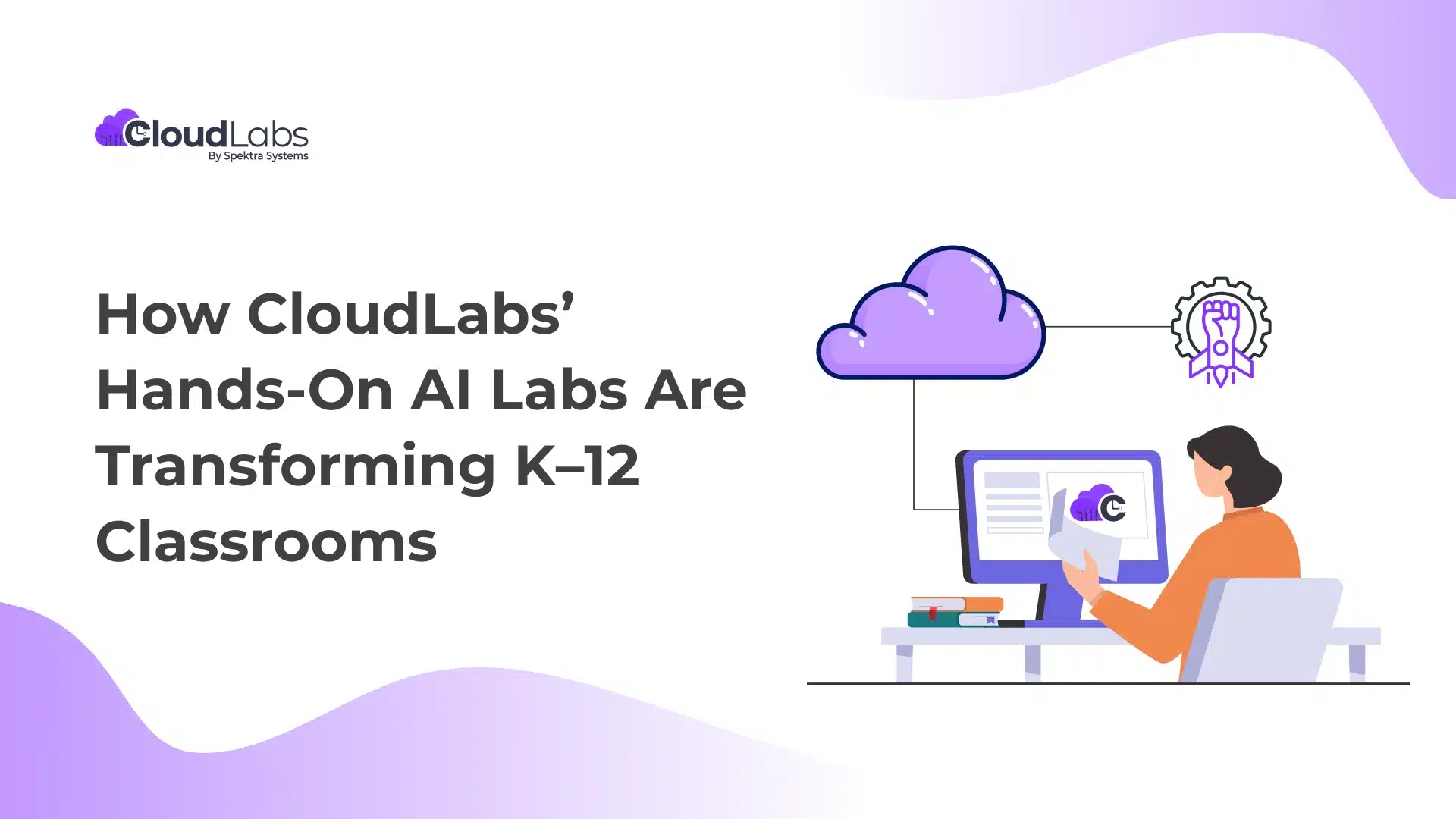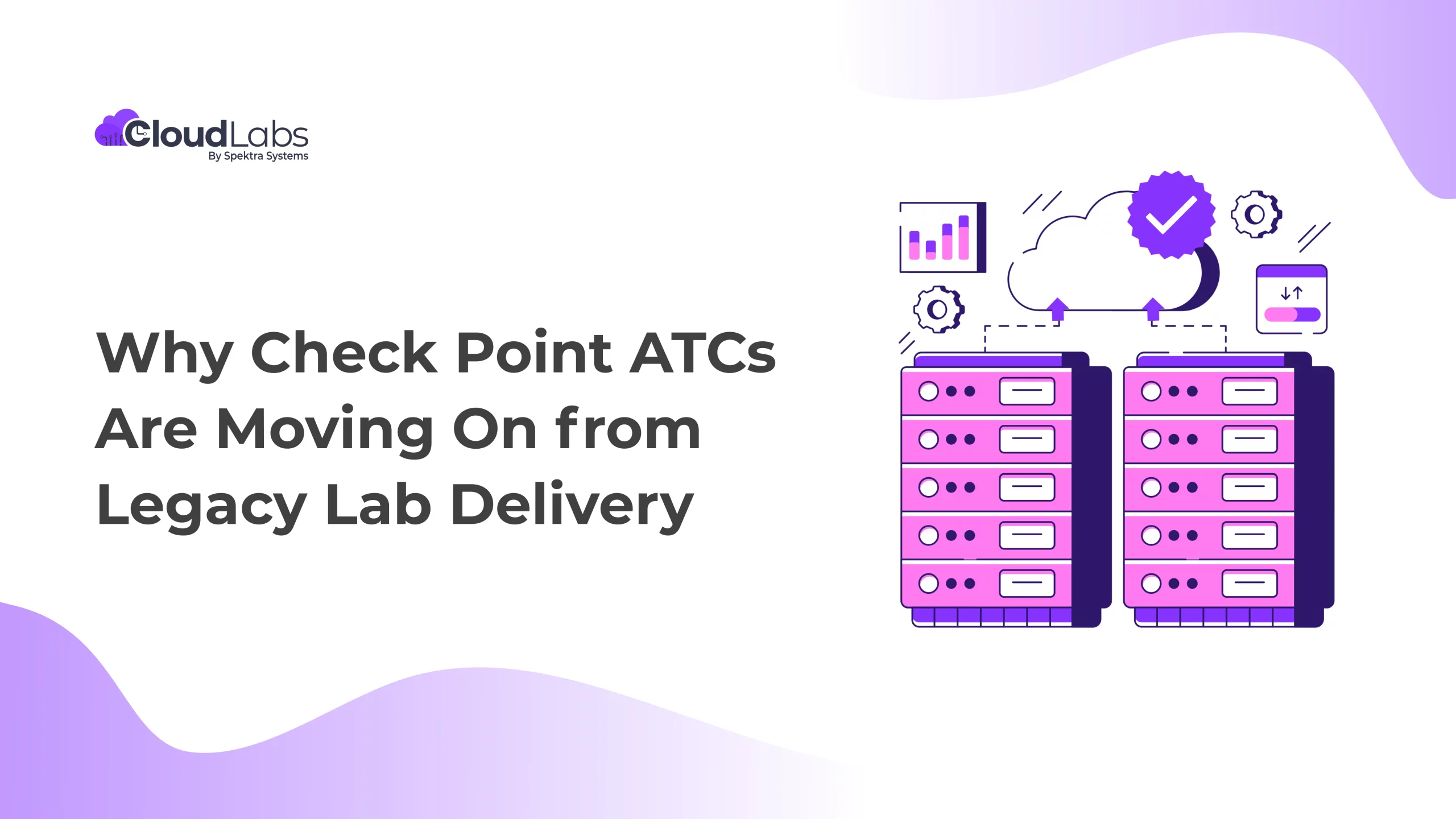Industry reports indicate that the virtual selling market will grow to $2.6 billion by 2024. According to a Bain & Company survey, 92% of B2B buyers at present prefer virtual sales interactions, with 79% of sellers finding it relevant. This growth trajectory is mainly being driven by organizations realizing the need to equip sales reps with the right set of training, tools, and digital content – simplifying the sales journey.
With the world adopting the culture of remote work, meetups and learning – being on the cloud does suffice the trend. Digital meetings replace face-to-face meetings, fitting in just the right way into customers’ schedules without being too hectic for one to travel, dedicate hours from the schedule, or incur unwanted expenses. As a result, both sales teams and customers concerned feel more focused and productive.
The shift to virtual sales has been quite a game changer and has triggered the pressing need for IT sales teams to pick up new skills and learn to use cutting-edge virtual selling tools to bring in business. Also, there has been a rise in demand for the right platform to equip the sales squad with accurate knowledge at the same time keeping it simple, flexible, and scalable for the customers to use.
What is Virtual Sales Enablement?
Virtual sales enablement is based out of the evolving technology that we are presently surrounded by, focusing on the modern digital landscape. It is more than just ensuring that the sales team has a versatile toolkit and can access significant information. The success rate is higher for those with the proper tools and access to content at the right time.
Emerging Trends in Virtual Sales Enablement – 2024 Edition
The emerging trends include the application of technologies such as sales automation software, customer relationship management systems, lead scoring tools, virtual labs, and software-enabled virtual selling. These help sales reps spend less time on mundane administrative tasks like data entry and prospecting and more time engaging with prospective customers, transitioning them to become loyal clients.
Moreover, virtual sales enablement has enhanced the collaboration between company sales and marketing teams. Prior to these, departments used to operate in silos. Still, cloud-based operations and remote process handling have increased the need for close collaboration, elevating the entire buyer journey from awareness to the purchase decision.
Why Is Sales Enablement Pivotal?
Multiple things work in tandem to drive a conversion and sale. The sales enablement process does not just strengthen a business’s bottom line; it goes beyond improving the way customers perceive a business – products and services.
Benefits of sales enablement:
Here is a comprehensive list of all the benefits:
- Improved Relationships Between Cross-Functional Teams
Sales enablement bridges the gaps between marketing and sales teams. Both teams work with close collaboration to attain the same goal. This makes it easier to overcome any challenge that may come their way.
- Accelerated Responsibility within the Sales Team
The sales team is more aware of the customers, products, and the market in concern, which in turn leads to the planning of an even smarter approach by them prior to meeting the clients. They can easily figure out the pain points of the customers and address this without pushing them to buy their products. As they gain the knowledge of how to treat the customers better, it can increase customer retention and result in excellent customer experience.
- Satisfied Leads
A sales team with adequate knowledge can approach the clients properly, resolving queries and offering the best solutions on time. Happier customers tend to repeat their buys, sharing positive word of mouth.
- Maximized ROI on Technology Investments
Sales enablement also includes identifying the most critical technological needs within the organization. Teams involved aim to align technology investments with their set goals. Whether it’s lead generation, better pipeline management, or improved training content, a focused approach ensures that resources are allocated where they are needed most, and measurement is an important component. Tracking metrics, such as win rates, adoption rates, and content effectiveness, helps assess the impact of technology investments. Modifications made in the right way and real-time help maximize ROI.
- Supercharge Your Virtual Sales with CloudLabs
Delivering impactful sales demos is crucial for skyrocketing ISVs’ technology sales. CloudLabs, with a myriad of fully managed hands-on labs, makes it all quite a seamless task for the customers to indulge in and for the sales teams to get trained. Offer realistic experiences to your prospects, empowering them about the actual product without hassles.
Simplify your complex sales cycle and generate the estimated ROI with comprehensive sales enablement resources like live demos and POCs by CloudLabs.
Build a Strong Virtual Sales Enablement Process for Software Sales with CloudLabs
CloudLabs – A leading name in the industry offers hands-on labs to help organizations plan and build a strong virtual sales enablement process for software sales. Continue with your reading task to understand what is available to your interest:
- Access Fully Managed Labs: Simplify how your customers learn about your product in a way that resonates with them. Organizations have the option to choose from our pre-built lab environments and get them customized as per requirement. Choose to host your labs across any of the leading cloud spaces – AWS, Azure or GCP, or bring your own that suits your interest.
- Plan and Launch Internal Training: Use hands-on training methods to boost knowledge retention rates among your teams. Host hackathons or plan a workshop/webinar. Get access to in-depth reports backed by Power BI. Manage cloud credits per lab and schedule timings/expiry dates to optimize costs, or you can put in a request to extend the same.
- Host POCs and Realistic Demos/Free Trials: Empower your sales team with real-world demonstrations to convince prospects. Let our SMEs develop impactful technology lab and demo content, or share your own. Use the built-in consumption tracking feature to measure their interests.
Wrapping Up
It has been quite a time in the industry that we at CloudLabs have been helping top-tier names like Microsoft, Check Point, Yellowbricks, Sophos, etc, declutter their complex sales cycle with fully managed sales demos, POCs, and interactive trial experiences. You can also be the next!
Amit Malik is the COO at Spektra Systems, known for his expertise in Microsoft Cloud and digital transformation. He drives strategic planning and operational initiatives, reshaping the cloud landscape to deliver superior business outcomes. He is a recognized thought leader and speaker on Cloud, AI, and IoT, and holds a position among the Leaders Excellence at Harvard Square.








